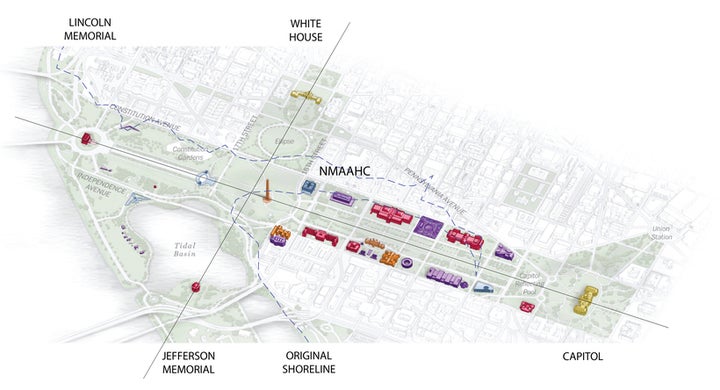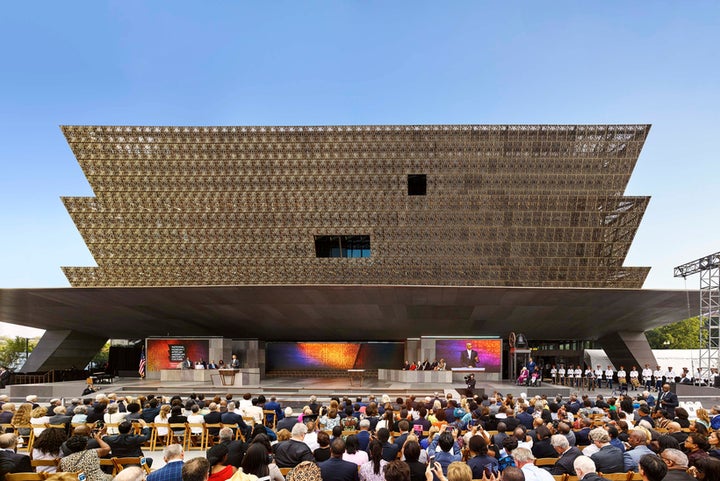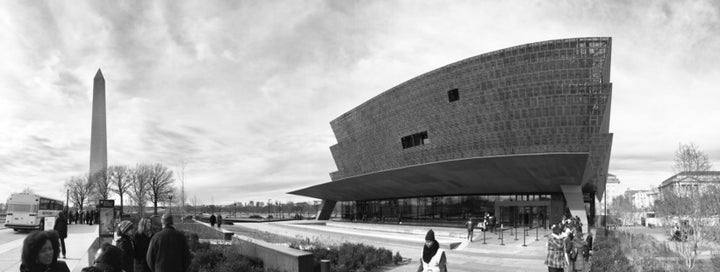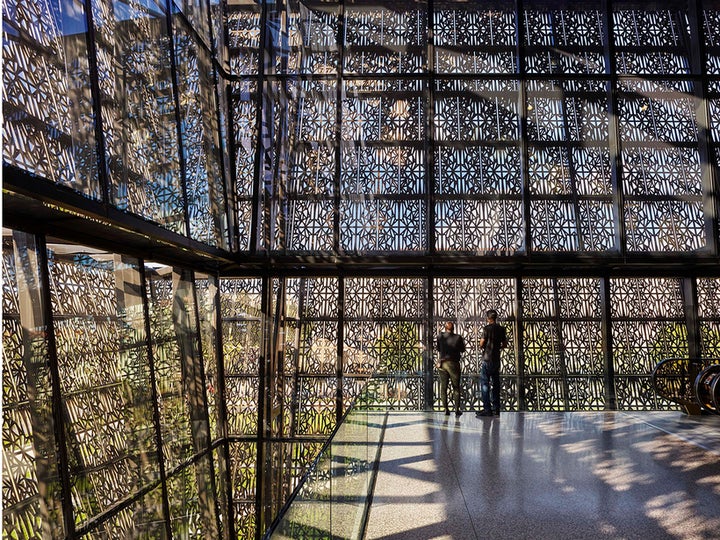
“Seeing comes before words. The child looks and recognizes before it can speak. But there is also another sense in which seeing comes before words. It is seeing which establishes our place in the surrounding world; we explain that world with words, but word can never undo the fact that we are surrounded by it. The relation between what we see and what we know is never settled.”
—John Berger
Legendary art critic John Berger died yesterday. His Ways of Seeing (1972) showed how works of art and culture should be seen not purely in terms of aesthetics but much more broadly in relation to the the ideological and sociopolitical context that created them. As one reviewer wrote at the time, Berger “will almost certainly change the way you look at pictures.”
Berger’s book was among the first I read in college, and it almost certainly changed the way I look at everything, not just pictures. The latest example of this is from just last week, in the series of articles I wrote about the new National Museum of African American History and Culture (NMAAHC) in Washington, DC. When the museum opened in September, it was reviewed by possibly every major architecture critic and many others, but I found most of the coverage limited in both breadth and depth. For three years on my commute to work in Washington, I biked past the building twice a day, and its presence on the National Mall gradually began to influence how I saw that space and the larger city. After it opened to the public, I spent months pondering, visiting, and looking, trying to see it more clearly, inside and out. This was especially true in relation to the emerging political climate around the presidential election, the results of which were not known when the building premiered. Last week’s reflections offer four different ways of seeing the museum: historical, political, cultural, and environmental.

Through its very presence on the National Mall, the NMAAHC reveals the complicated history of Washington, DC.

(2) “The Space of Resistance”
The architecture of the NMAAHC is an act of both celebration and resistance, a rare example of permanent, formal architecture with many of the traits of protest construction.

According to the internet, “African American architecture criticism” is a topic that doesn’t exist. The NMAAHC could help change that.

The NMAAHC brings new attention to how museums can embrace sustainability.
